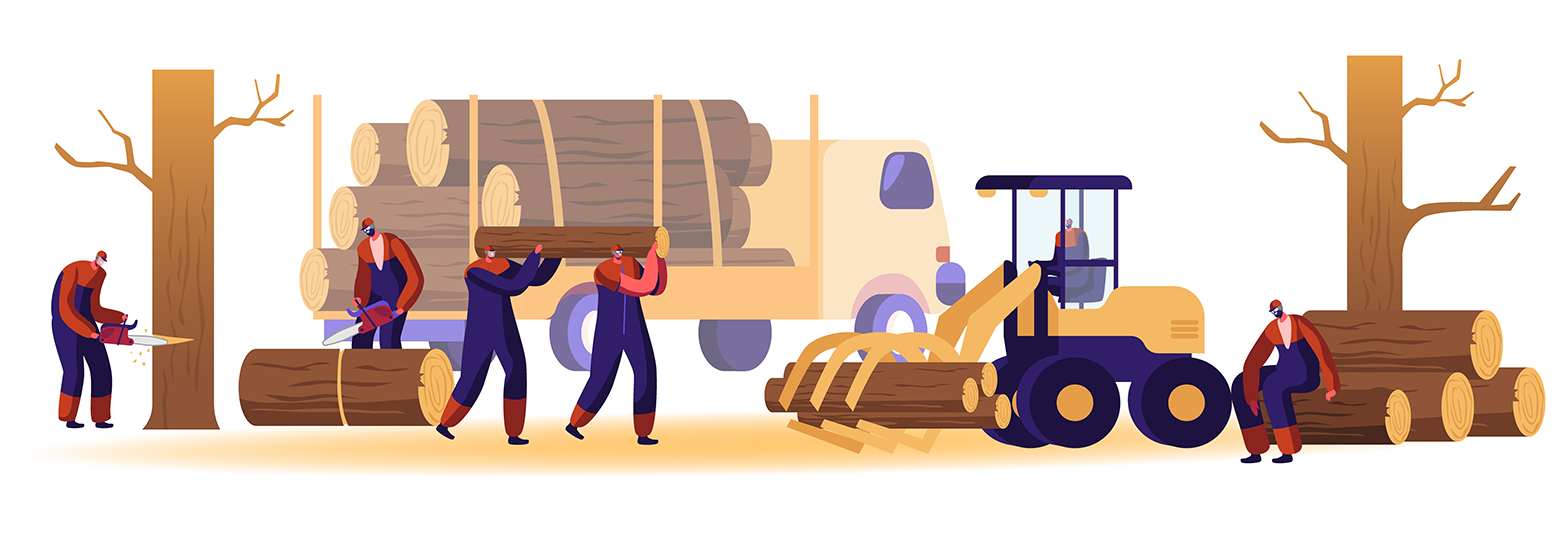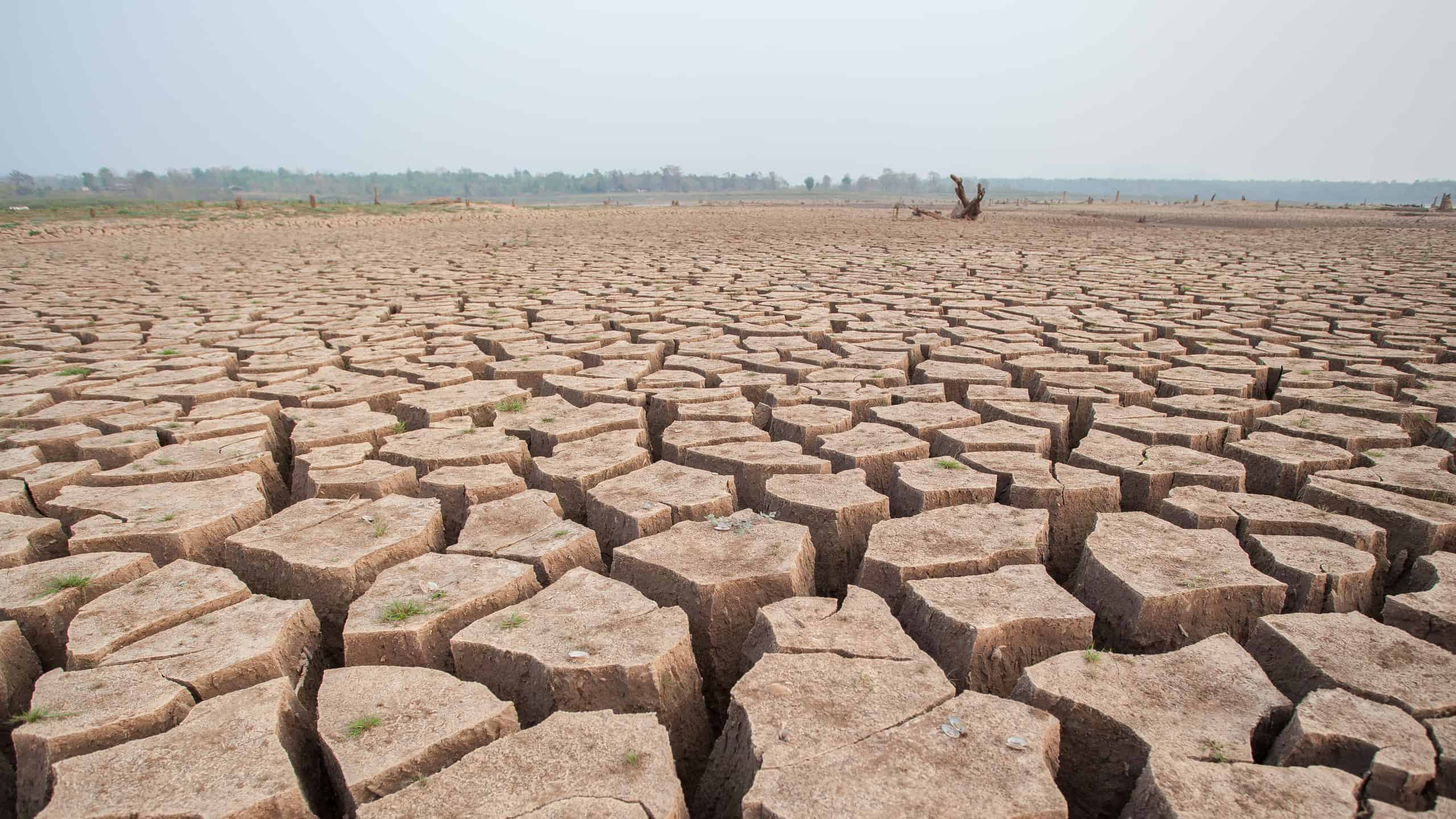Greenhouse effect vs. Global warming
“Greenhouse effect” and “Global warming” are concepts you have undoubtedly heard over and over again in the news, newspapers, social media or in conversation.
These terms are often used interchangeably and there is some confusion around them. But no longer, because we’re going to explain what each of the terms mean.
What is the greenhouse effect?
At first glance it may seem like a bad thing, but the greenhouse effect is a phenomenon that is vital for life as we know it on Earth. Not convinced?
The greenhouse effect is much like what happens inside a greenhouse for plants: the glass of a greenhouse allows sunlight to enter, where is absorbed by the soil and plants and converted into heat, which, in turn, is then emitted by the soil and plants, warming the air and the environment inside the greenhouse. However, the glass that allows the sunlight in also acts as a barrier, trapping the heat inside.
Moreover, it is the greenhouse effect that determines the Earth’s climate and makes the temperature of the planet higher than it would be if the atmosphere did not exist.
Atmospheric greenhouse effect
On planets, such as Earth, there is an atmospheric greenhouse effect. The radiation that reaches us from the sun (whether visible, ultraviolet or infrared) penetrates the layer of gases that surrounds the Earth: the atmosphere. The Earth’s surface absorbs this radiation and heats up, emitting thermal radiation – or heat. It is this heat emanating from the Earth’s surface that keeps the planet at an average temperature that is pleasant and comfortable for life.
Greenhouse gases
And how does this heat released from the Earth’s surface not “escape” back into space? This is role of greenhouse gases: to retain atmospheric heat.
These gases, such as carbon dioxide, methane, water vapour and nitrous oxide, which are part of the natural composition of the atmosphere, absorb radiation and keep it in the atmosphere.
When does the greenhouse effect become harmful?
The atmospheric greenhouse effect itself isn’t bad for the Earth, but rather vital for life. The problem arises when the greenhouse effect is much greater than it should be, with increasingly more heat being “trapped” by these gases. And this happens essentially because of human activity. There are higher greenhouse gas emissions due, for example, to the burning of fossil fuels, the use of nitrogen fertilisers in agriculture, and changes in land use, such as the felling of forests for conversion to agricultural land.
Find out how your diet can affect the planet and make some changes.

Deforestation is one of the greenhouse effect causes.
Global warming enters the equation
As we emit more greenhouse gases, more heat is trapped in the atmosphere, so the average temperature of the Earth increases. The increase in the average temperature of the oceans and atmosphere is referred to as global warming. This phenomenon has been accelerating since the mid-19th century, the era of the second Industrial Revolution.
The effects are getting worse
And what effects does global warming have? The first thought that immediately comes to mind is the melting glaciers and the rise in the average sea level. But this is just the tip of the iceberg. Global warming can directly affect the climate and the seasons, cause the loss of species, affect the way we produce food, and harm human health.

Global warming can cause heavy rainfalls.
What about climate change?
Global warming is not only related to the rise in temperature. This is one of the myths surrounding the issue. Indeed, global warming can lead to extreme weather events, which goes far beyond heat waves. We’ll see more torrential rains, storms, floods, prolonged droughts, hurricanes and cyclones, among other effects.
Average rainfall has also been increasing around the world and while some regions are experiencing severe droughts, which increase the risk of wildfires, loss of crops and shortages of drinking water, others suffer unexpected and unusual floods.
The situation is so serious that among the top ten global risks, five are environmental risks. According to the World Economic Forum, the risks most likely to have sever global consequences in the next ten years are:
- extreme weather events;
- biodiversity loss;
- natural resource crises;
- human environmental damage.
Some EU initiatives
The European Climate Act sets a mandatory target of climate neutrality by 2050.
One area of action is passenger cars and light commercial vehicles (vans), which are responsible for 15% of total EU carbon dioxide emissions. European law provides for zero-emission road mobility by 2035, with intermediate reduction targets of 55% for cars and 50% for vans by 2030.
Want to know a little bit more about climate change? Listen to the Be The Story – What’s in the air? podcast about air pollution and its relation to climate change.


